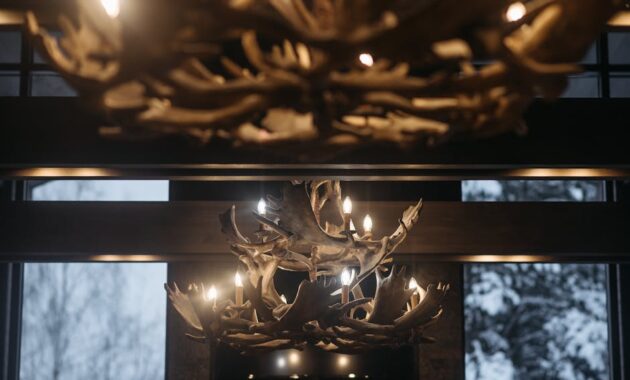Decoding the Iconic Lolita (1992) Hairstyle: A Look Back at its Cultural Impact
The 1992 film adaptation of Vladimir Nabokov’s controversial novel, Lolita, starring Dominique Swain as the titular character, sparked significant debate. Beyond the complex narrative and mature themes, the film’s visual style, particularly Lolita’s hairstyle, left an undeniable mark on popular culture. This article delves into the specific Lolita 1992 hairstyle, analyzing its impact and enduring relevance in fashion and cinematic history. Understanding the nuances of this hairstyle requires exploring its context within the film and its subsequent influence on trends.
The Hairstyle’s Key Features: A Detailed Examination
Lolita’s hairstyle in the 1992 film is characterized by several key elements. It’s not a single, rigidly defined style, but rather a collection of features that collectively create its unique look. Primarily, it features shoulder-length, slightly layered hair. The layers are subtle, adding movement and avoiding a blunt, uniform look. The color is a natural, light brown, enhancing the youthful and innocent appearance crucial to the character’s portrayal. This natural color is largely untouched by heavy styling or coloring products, further emphasizing the character’s apparent unspoiled nature. Frequently, her hair is styled with loose, soft waves, adding to the overall impression of carefree youthfulness. While often worn down, loose braids and simple ponytails are also sometimes employed, reflecting the seemingly casual nature of her everyday style. The overall effect is one of youthful simplicity and natural beauty, cleverly contrasting with the film’s mature and unsettling themes.
The Cultural Impact: From Film to Fashion Trends
The Lolita 1992 hairstyle transcended the film itself, influencing subsequent fashion trends and hair styling. The effortless yet stylish nature of the look resonated with audiences, and the relatively simple styling made it easily adaptable to various hair types and lengths. Its impact can be seen in the subsequent rise of various “natural” hair styles in the 90s and beyond, emphasizing a move away from overly styled and elaborate looks. The hairstyle’s subtle layers and loose waves became a staple in many magazines and fashion editorials, contributing to its widespread adoption and visibility. [See also: The Evolution of 90s Hairstyles]
Analyzing the Intentional Styling Choices: A Directorial Perspective
Adrian Lyne, the director of the 1992 Lolita, undoubtedly made deliberate choices regarding the visual presentation of the character. The seemingly simple Lolita 1992 hairstyle wasn’t accidental. The natural, uncontrived look directly reflects the character’s age and perceived innocence, a crucial element of the film’s unsettling narrative tension. The contrast between her innocent appearance and the complex adult situations she’s involved in is a core element of the film’s unsettling effect. The hairstyle subtly underscores this contrast, making the unsettling aspects of the story all the more impactful. This contrasts sharply with some other film adaptations of the novel which emphasize different aspects of Lolita’s character through costume and styling.
The Hairstyle and its Critics: Addressing Controversies
The film and its depiction of Lolita, including the hairstyle, sparked considerable controversy upon its release. Some critics argued that the styling inadvertently sexualized a young character, potentially minimizing the disturbing themes of the story. Others argued that the hairstyle was a key element in creating the character’s compellingly ambiguous persona, a naive-seeming child trapped in an adult world. The debate surrounding the appropriateness of the film’s visuals, including the hairstyle, continues to this day, underscoring its enduring complexity and its power to provoke discussion.
The Lolita 1992 Hairstyle: A Lasting Legacy
The Lolita 1992 hairstyle remains a memorable and significant element of cinematic history and fashion trends. Its simplicity and adaptability, combined with its symbolic role within the context of the film, have cemented its place in popular culture. While the film itself remains highly controversial, its visual style, and particularly Lolita’s hair, continues to be analyzed and referenced, testifying to its lasting impact. The hairstyle’s subtle layers and loose waves continue to inspire modern hair styling, illustrating its enduring influence on fashion. Even today, recreating the Lolita 1992 hairstyle remains a popular request among hairstylists, showcasing its continuing relevance in the world of beauty and style.
How to Achieve the Look: A Step-by-Step Guide
Achieving the iconic Lolita 1992 hairstyle requires a focus on natural-looking waves and subtle layers. Start with hair that is shoulder-length or slightly longer. Subtle layering adds movement and texture, avoiding a harsh, uniform look. A light wave can be achieved through several methods: using large hot rollers, a curling iron with a large barrel, or even overnight braiding can produce similar results. The key is to avoid tight, defined curls in favor of a more relaxed, tousled effect. The hair color should ideally be a natural light brown, but this can be adapted to match individual hair colors. The result should be a style that looks both effortlessly chic and naturally youthful. [See also: Easy Hairstyles for Medium-Length Hair]
Beyond the Film: Examining Similar Hairstyles
While unique in its context, the Lolita 1992 hairstyle shares similarities with other 90s hairstyles that prioritized natural beauty and easy styling. Many young women of the era adopted similarly simple and low-maintenance looks. These styles often emphasized soft waves, natural colors, and simple accessories, reflecting a larger cultural shift toward a more casual and relaxed approach to fashion and beauty. [See also: Iconic 90s Hairstyles: A Retrospective]
Conclusion: A Timeless Style with Complex Undertones
The Lolita 1992 hairstyle is more than just a collection of styling choices; it’s a visual representation of a complex character within a controversial film. Its cultural impact stretches beyond the big screen, influencing fashion trends and sparking ongoing debates about representation and interpretation. Its enduring popularity demonstrates its timeless appeal, while its association with a complex and controversial narrative continues to provoke discussion and reflection.


